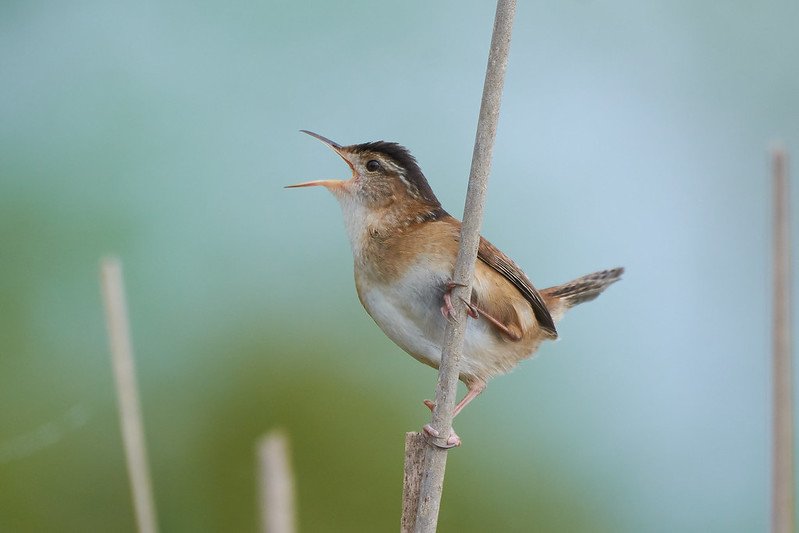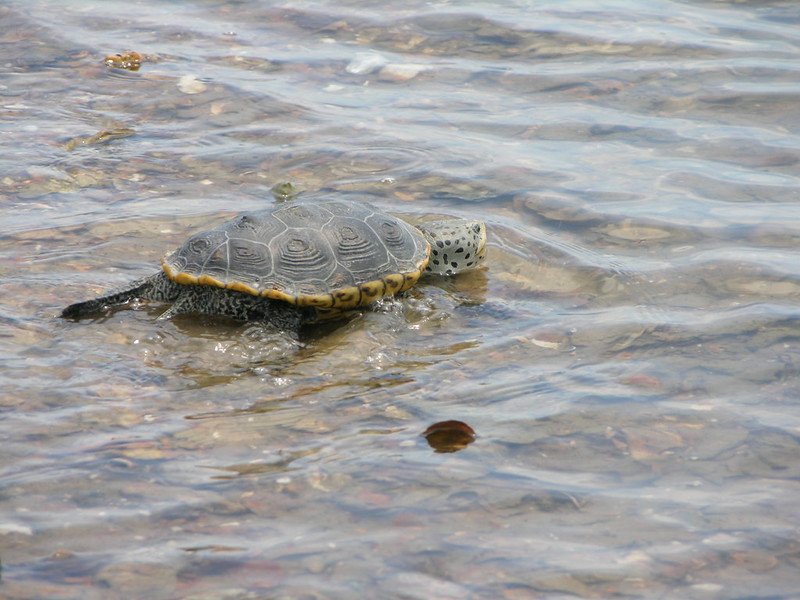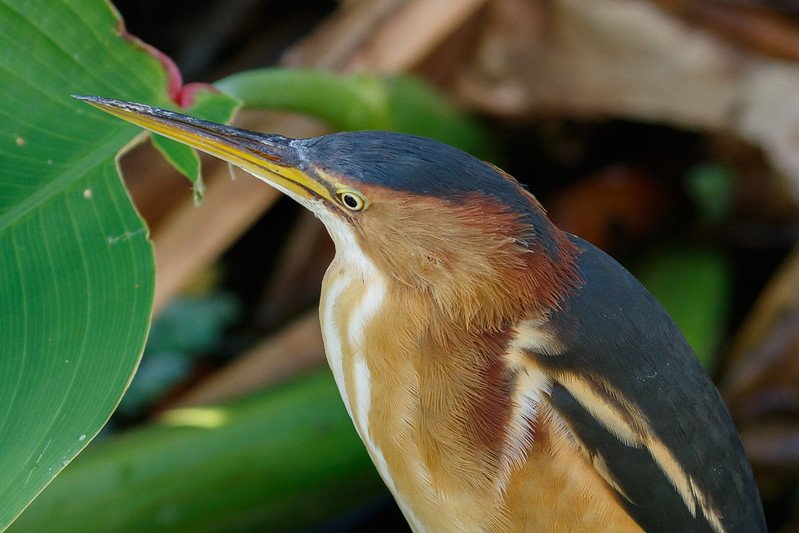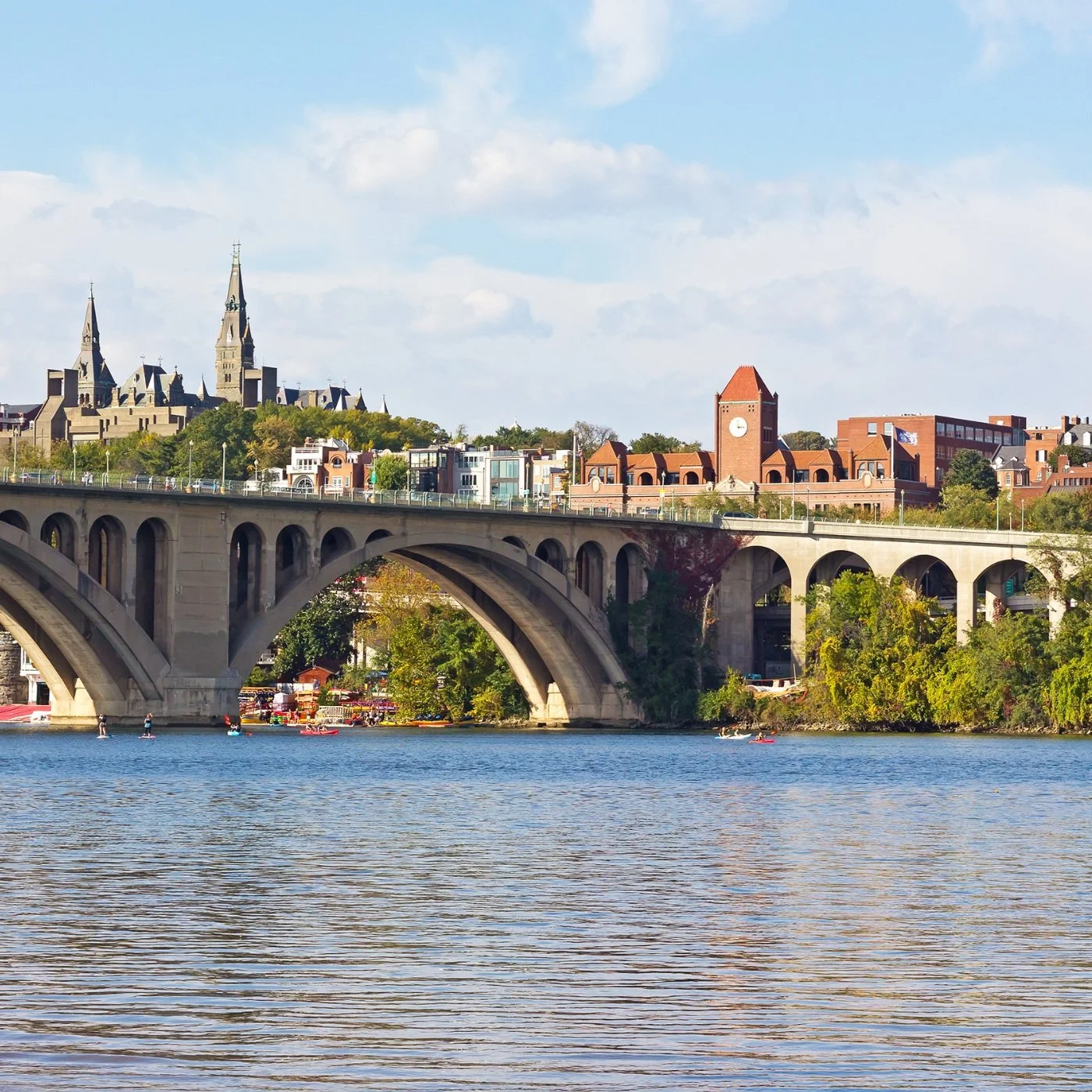Rising waters threaten the Potomac’s tidal marshes
/The Potomac River's tidal marshes are a true treasure, but the climate crisis puts them at risk
Photo by geoff livingston
This is an excerpt from Part 4 of Potomac Conservancy’s Rising to the Challenge climate report series:
From American goldfinches to diamondback terrapins, a treasure trove of critters calls the tidal marshes along the Potomac River their home, but the climate crisis is threatening these invaluable lands.
Rising sea levels and creeping salty waters could reduce the amount of habitat for plants and animals that live in local wetlands, decreasing biodiversity and allowing invasive species to thrive.
The threat of rising waters is particularly acute for this region. The Potomac River’s waters are rising at twice the global rate!
Litter can make the matter even worse. Research has shown that as plastic breaks down, it releases greenhouse gasses into the environment. Keeping rivers and wetlands plastic-free can help mitigate the impacts of the climate crisis.
That’s why this World Wetlands Day, we’re celebrating the unique beauty of our region’s tidal marshes and how you can take action to help protect these treasured lands.
The Potomac’s Treasure Wetlands
Tidal marshes are found along the length of the Potomac River, from its mouth at the Chesapeake Bay to where the tides diminish just upstream from Washington, DC. Their water level ebbs and flows with the changing tides and salinity levels shape the life we find within them. Studying shoreline plants, trees, fish, and wildlife, scientists can broadly identify three salinity zones in the Potomac River.
As we work our way upriver from the Chesapeake Bay estuary, the Potomac’s marshes shift from slightly salty oligohaline marshland to freshwater marshland with a transition zone in between.
An abundance of wildlife can be found flourishing in both marshland environments.
American goldfinch, coastal plain swamp sparrow and marsh wren are commonly spotted and the least bittern, one of the smallest herons in the world, also makes its home amongst the reeds and cattails of fresh and slightly salty marsh. Various bats, snakes, and turtles – including the northern diamond-backed terrapin – enjoy the habitat offered by the low-lying vegetation and shallow waters.
Climate Threats
As the warming climate causes local sea level to rise (at a rate twice the global rate!), the saltwater edge will be pushed farther upriver, affecting where marshlands exist and the distribution of species along the Potomac.
When long-term water levels change, marsh can either move inland, becoming replaced by open water, or expand if sediment levels remain high enough to support shallow waters for their plants.
So, just how far will marsh migrate inland and where? It’s complicated.
Rising waters, sinking lands, sediment pollution, precipitation changes, and shoreline development are among a myriad of variables that impact marshlands and may contribute to their habitat loss.
The interconnected nature, of well, nature makes it difficult to know what will occur. But given the rising temperature and water level changes we’re experiencing, it’s fair to worry about the fate of Dyke Marsh, Mattawoman Creek, Indian Head, and other sensitive wetlands in our region.
Unique Threats to Freshwater Marsh
Tidal freshwater marshes represent the upper most reaches of the Potomac’s tidal zone, where the water remains consistently fresh – aside from the occasional large spring tides.
Mud flats that are completely exposed during low tide support short, broad-leaf plants and fields of spatterdock, more commonly known as water lily. High elevated areas are dominated by taller, grass-like plants like rice cutgrass, sweetflag, and marsh partridge-pea.
However, as water levels in the Potomac River rise and more brackish waters creep upstream, the geographic ranges of these plants are likely to decline. These habitats will either migrate inland, or decrease in size considerably if development prevents their ability to move to suitable environments. Invasive species put them at further risk.
Unique Threats to Slightly Salty Marsh
Photo by Doug Grady
Found downstream from Dahlgren, Virginia, the Potomac’s slightly salty oliogohaline marshes represent the transition between the higher salinity waters of the Chesapeake Bay and upstream freshwater marsh.
The diversity of plant species generally decreases as salinity increases, so oligohaline marsh is often less biodiverse than freshwater marsh, but it remains a rich ecosystem. Plants like black needlerush and the big cordgrasses thrive in these marshes, as well as the narrow-leaved cattail which often grow in large, tall plots along the edges of tidal channels.
Stretches of oligohaline tidal marsh may be altered or forced to move into previously freshwater habitats. Invasive species, highly resilient to changing environments, threaten the indigenous plants and animals of these marshes.
Invasive Plant: Common Reed
Photo by chesapeake bay Program
The highly aggressive common reed has overtaken many tidal marshes throughout the mid-Atlantic region as a result of dredging, development, and the changing climate.
The plant is highly resilient to disturbance and can therefore outcompete indigenous plants for space. It also presents a fire hazard as its fifteen-feet-tall reeds accumulate substantial dead biomass.
The common reed poses a serious threat to the Potomac Watershed’s marshes as it alters water flow and reduces habitat space for wildlife by growing in extremely dense stands.
Cutting, burning, and herbicides are used to help control their populations, but they are expensive and labor-intensive.
Take action to protect tidal marshes
Planting native trees and shrubs can help keep invasive species at bay as well as filter out pollutants, so keep an eye out for tree-planting events near you.
You can also spring into action and come to one of our April cleanups. Clearing plastics and other litter is a crucial step in keeping wildlife safe and reducing greenhouse gas emissions, so sign up today! https://potomac.org/events
Want to learn more about how the climate crisis is impacting the Potomac River, and solutions to protect vulnerable habitats? Read the rest of the Potomac Conservancy’s Climate Report.
























